Together We Can Tacklethe Nutritional Paradox
What was a holy grail a hundred years ago haunts us today! In the past few decades, our answer to global food security and world hunger has been to prioritise higher food production by expanding agricultural land and maximizing productivity. We have also been relentlessly striving for economies of scale in a bid to minimize cost of production. These efforts eventually led to intensively producing only a handful of crops – with only 3 crops (rice, maize, and wheat) contributing nearly 60% of plant-based calories[1]. While this approach has provided the world with plenty of calories, it comes at a double expense on our health and the environment.
The Nutritional Paradox (NP) describes the multiple ways in which our agri- and food systems are broken, often in absurd, paradoxical ways. In this paper, we explore the numerous situations that appear to be paradoxes, but in fact are not, if we are only willing to change deep-seated status quos that the agri- and food systems still cling onto.
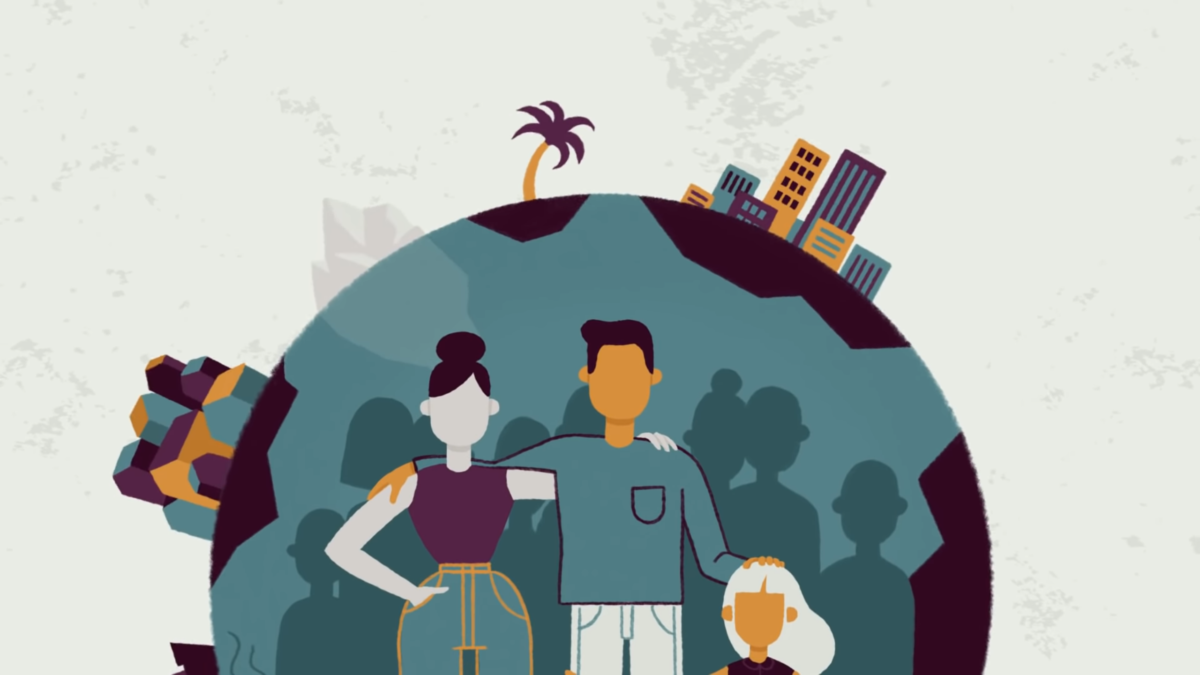
An expenseon our health
Today we live in a paradoxical situation where we are producing and eating more food, but we are hungrier than ever.
By eating more food, we feel physiologically full, but because most of the food we eat are calorie-rich and nutrient-deficient, many of us have ‘hidden hunger’. Our nutrient-poor, calorie-dense diets are feeding us into obesity and chronic non-communicable diseases such as type 2 diabetes and cardiovascular diseases (CVDs). For the first time in history, we are confronted with what is called the Triple Burden of the Nutritional Paradox, where:
- 821 million consume insufficient calories[2], just 13% less than the 945 million hungry people in the 70’s[3]
- 2.3 billion consume too many calories and are overweight/obese – triple the rates from 1975[4]
- The rest of us, while neither hungry nor overweight, struggle to have nutrient-dense diets due to tempting obesogenic food choices or high costs of healthy eating. At least 2 billion have been identified by the FAO to have micronutrient deficiencies already[5][6]
In fact, the paradoxical co-existence of hunger and overweight/obesity occurs not only in the same country, but even within the same household!
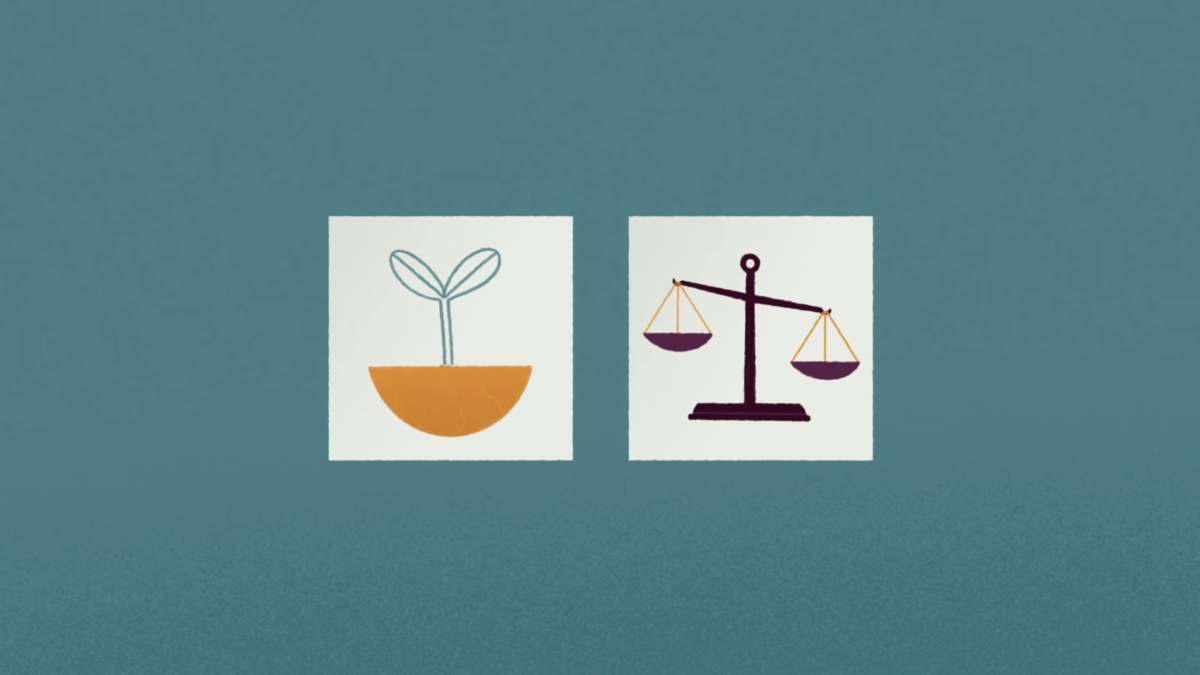
An expenseon the environment
We also live in a paradoxical world where in order to feed our increasing population, we need to limit agricultural expansion.
The World Resources Institute (WRI) forecasts that to feed 9.8 billion people by 2050, food production must increase by 56%, involving an additional 68% more animal-based foods.[7] Yet the land available to produce this additional food is being degraded. The Grantham Centre for Sustainable Futures estimates that we have already lost 33% of the world’s arable land in the last 40 years[8], and to compensate for this loss, we convert an additional one football pitch of forest every second into agricultural land.[9] Evidently, we cannot keep on destroying arable land and compensate by expanding into forests forever.
If we want to feed the future generations,
we need to find ways to maximize existing agricultural land
without expanding into new forests.
Seeing how our planet is becoming as malnourished as we are, it seems appropriate to add a fourth dimension to the Triple Burden into a Quadruple-Burden of the Nutritional Paradox: Intensive agriculture focused on a few crops leech the nourishment out of our land.
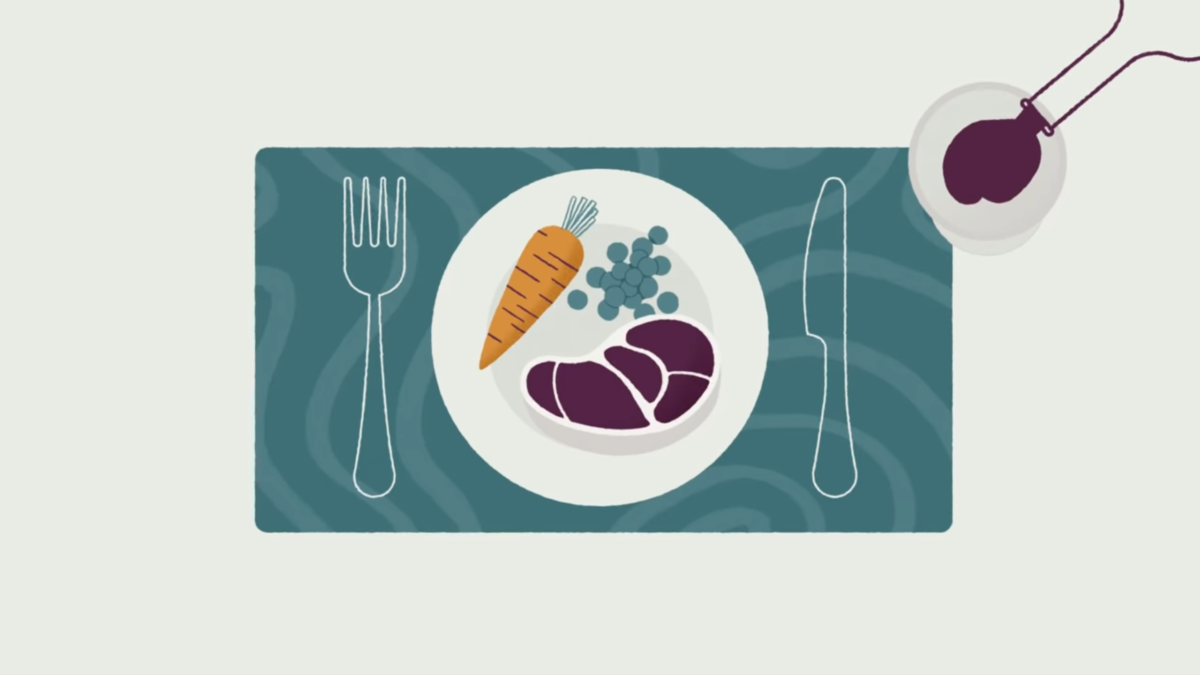
Enough calories,but not nutrients
The world actually already produces enough calories to feed 10 billion people[10], more than enough to feed today’s global population of 7.6 billion. Unfortunately, more than 30% of the food we produce is wasted, and the food we produce are rich in calories, but not nutrients.
The forecast to increase food production by 56% by 2050 only applies if we continue to 1) prioritise livestock and biofuels, 2) waste 30% of the food we produce, and 3) consume too much food. Only 55% of food-crop calories directly nourish people, while about 36% is fed to livestock, and the remaining 9% turned into biofuels and industrial products.[11] A staggering 77% of our agricultural land is also used for livestock production, even though they only provide us with 17% of calories and 33% of protein.[12] There is still significant inefficiency in the way we use our land for food, and there has been an increasing call to shift our diets into more plant-based ones to reduce this inefficiency. Nonetheless, imagine for a moment that we can end world hunger by distributing food effectively and using our land efficiently. We can surely feed the world with enough calories; but the Quadruple Burden of the Nutritional Paradox will persist! After all, our current food system has been fuelling micronutrient deficiencies despite supplying enough calories to eat for many of us.
If we continue to produce food in the same way, by 2030 an estimated 3.3 billion of the world’s adult population will be overweight and obese,[13] almost 1 billion more people compared to today. Annually, more than 3 million people die from obesity-related diseases, triple the rates of those who die from famine and malnutrition, while diabetes kills more than 1.5 million people alone. If this trend continues then the agri and food industry is going to be responsible for 4.5 million obesity related deaths annually – almost 9 people per minute![14]
This is why we believe that to tackle hidden hunger and overweight and obesity, we need to introduce more nutrient density into our crops and foods.
Studies have shown how consuming nutrient-dense foods was associated with reducing the risk of overeating and diet-related diseases such as diabetes.[15] Ideally, everyone will consume nutrient-dense foods, but our current food system makes this challenging, especially for consumers from lower income households. We can now buy 2,000 calories worth of rice for under $2, but can the same be said of buying a variety of nutrient-dense foods?
The Nutritional Paradox
Our traditional food production system attempted to solve the problem of hunger with calories, not nutrients. That created a new set of problems… and they’re getting bigger.

Given the importance of the environment to our nutrition, we will need to produce more naturally nutritious foods in a sustainable way, using less of current land, water, and other resources, while minimizing our contribution to climate change.
We cannot tackle nutrition without considering the environment
Our planet’s health plays a big role in our food’s nutritional quality. As such, we cannot introduce nutrient density into our diets without holistically considering the environment as well.
The United Nations (UN) identifies extreme climate variability as a key driver of food insecurity, which contributes to both overweight/obesity and hunger.[4] Global CO2 concentrations have exceeded 400 ppm in 2015, probably for the first time in several million years. In 1980, it was only 340 ppm.[16] The Intergovernmental Panel on Climate Change (IPCC) has set a goal of keeping global warming under 2ºC, but at the end of 2018, the UN reported that this target is in jeopardy.[17]
An increasing body of research has demonstrated that rising atmospheric CO2 concentrations can reduce protein, zinc, and iron concentrations in many agricultural crops.[18][19][20] If these trends continue, the decreasing nutrient quality of crops could potentially adversely affect the quality of our diets.
Hope is not lost. An estimated 300,000 plants can potentially be consumed[21]; yet just 12 crops and 5 animals contribute 75% of our calories![22] While this has led to dire consequences, it also means opportunities:
- First, current state of affairs places our food supply under serious threat from climate volatility, pests, and disease. Increasing biodiversity in our crops will ensure a more resilient food supply.
- Second, biodiversity has been proposed to be a pre-requisite for dietary diversity, which often leads to better health outcomes.[23] The Dietary Reference Intakes (DRIs) have indexed a total of 14 vitamins and 15 minerals as necessary for human health, and not one single food crop can deliver all of these micronutrients at sufficient amounts to prevent nutrient deficiencies. Increasing crop biodiversity can help us meet these nutrient needs.
Not only do we limit the type of crops we consume, we also refine nutrients and fibre out of our raw materials to create simple and standardised food ingredients. Various organisations such as the World Health Organization (WHO), American Heart Association (AHA), and the Harvard School of Public Health are in agreement on the key qualities of a healthy diet that can effectively prevent overweight and obesity, heart disease, stroke, cancer, and type 2 diabetes. These are diets high in lean protein, fibre, and micronutrients, as well as low in saturated fat, salt, and refined sugars.[24][25][26][27]
Out of the thousands of plants that we neglect and underutilise for food, some species have the potential to be more environmentally sustainable while supplying us with better nutrients.[28] Therefore, there is a huge opportunity to introduce more nutrients into our diet from the farm, to the factory, and all the way to our forks!
“Superfoods” has been one way to introduce new foods into people’s diets, but this is an elitist approach – they are usually too expensive to be affordable for the low-income groups. The Harvard School of Public Health warns, “Superfoods are often nutritious but it’s clear that the term is more useful for driving sales than it is for providing optimal nutrition recommendations. A downside of superfoods is that the title alone may cause people to focus on a few specific foods, blinding them to other equally nutritious options that aren’t as hyped.”[29] An example of a ‘superfood’ gone awry is quinoa. From 2006 to 2013, the price of quinoa tripled due to high demand from the US and Europe, at the expense of Bolivians’ ability to afford what used to be their staple crop, instead replacing it with cheaper imported junk food.[30]
It is worth noting that fortification of basic food staples has been useful in supplying micronutrients, especially for the hungry. However, while fortification has its place in nutrition interventions particularly in humanitarian emergency situations, fortification is not the holy grail and is only one part of the overall strategy we should adopt in tackling the Nutritional Paradox.
Hence, we cannot use the same “superfoods” marketing approach, nor rely solely on fortification. New crops introduced must be scalable and affordable for all.
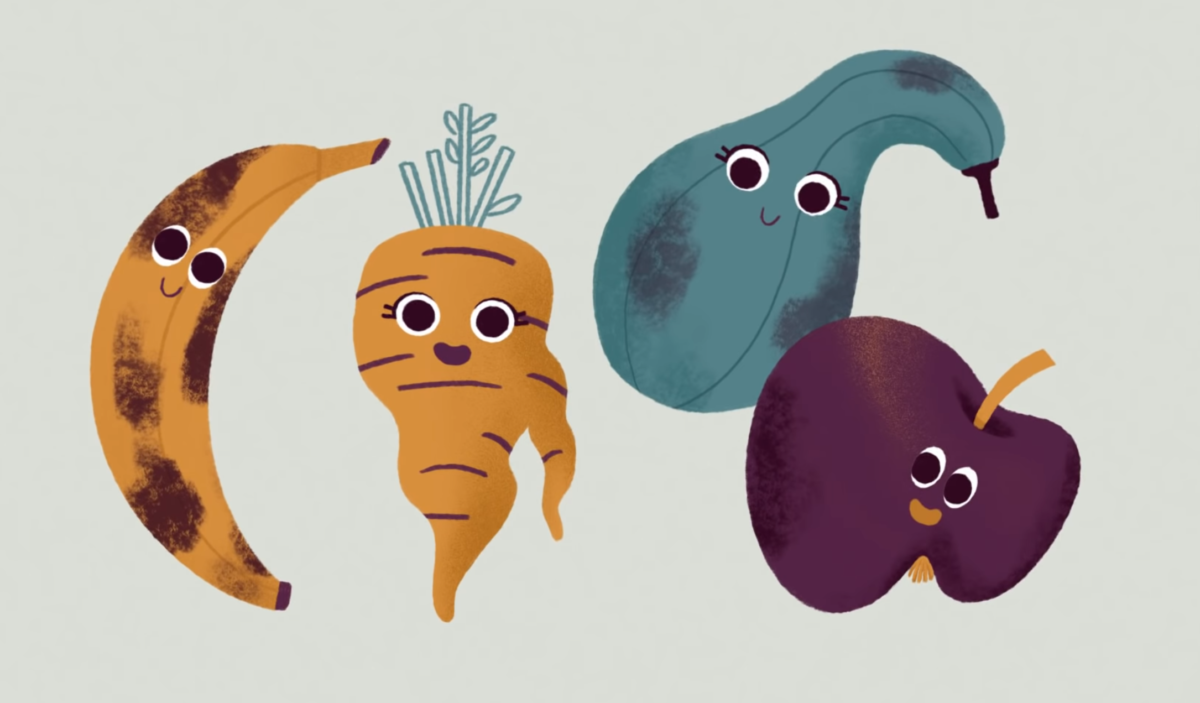
Persuading people to choose foods that are better for themselves and the planet
Taste, price, and convenience are the top drivers for food choices, and only a small percentage of our population would choose foods based on nutrition and environmental considerations. While we can directly convince some people to choose healthy and planet-responsible foods, many more can be persuaded via good taste, affordable prices, convenience, and a strong consumer brand.
Today, many of us find it challenging to choose nutritious and environmentally sustainable foods. We live in “obesogenic environments” – environments that are rich in tasty, energy-dense but micronutrient- and fibre-poor foods. These surroundings make it difficult to buy and eat healthier foods because foods that are easily accessible are highly processed from cheap agricultural inputs, containing high amounts of salt, sugar, fat, and flavour additives – engineered to be addictive so as to increase our consumption. It has been suggested that obesogenic food environments are the primary driver of the obesity epidemic.[31]
Fuelling the prevalence of obesogenic environments further is irresponsible marketing. Foods and beverages that are usually classified under the ‘eat least’ category in dietary guidelines are among the most heavily marketed products.[32]
It is in the interest of food companies to make their food desirable using sensory science and clever marketing because this leads to repeat consumption, sales, profits, and a sustainable business. However, instead of applying these principles to foods from the ‘eat least’ category, we have the opportunity to apply them to nutrient-dense foods, in order to convert obesogenic environments into people- and planet-friendly ones.
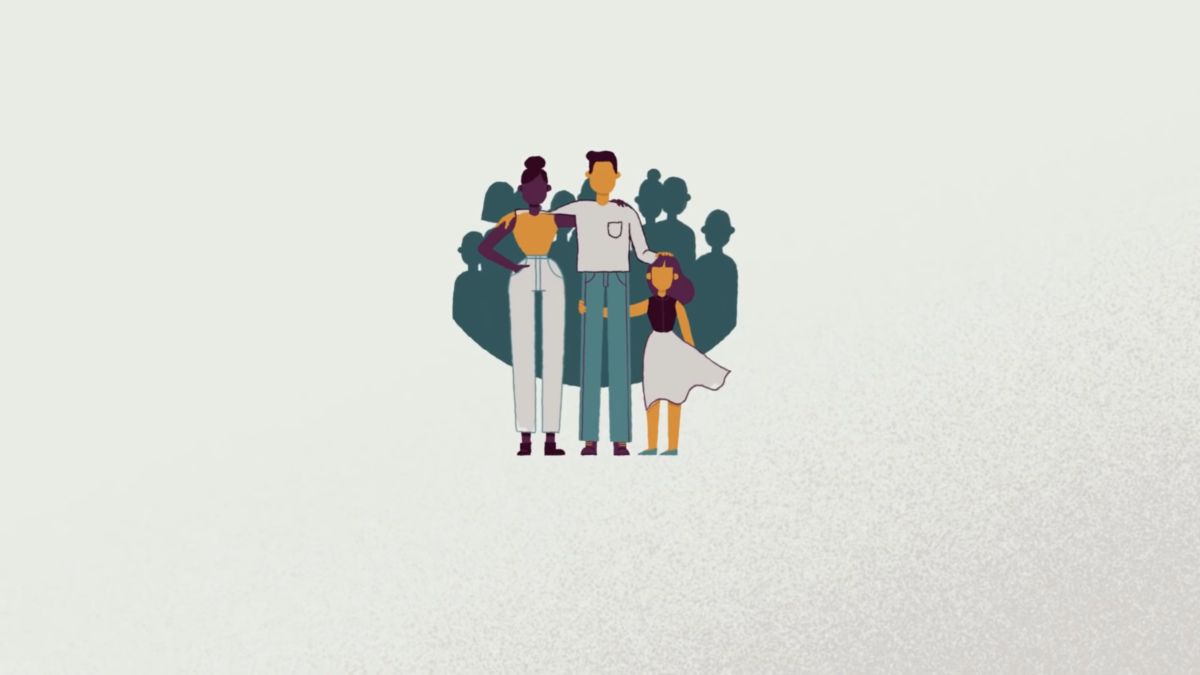
Creating lasting and sustainable economic value-added ecosystems
2019 marks the 25th anniversary of Elkington’s “Triple Bottom Line (TBL)” management concept also commonly known as the 3Ps of sustainability – People, Planet, and Profits. The TBL framework aimed to transform capitalism into a system that focuses equally on a company’s social, environmental, and economic impact, as it does on its profits.
However, in 2018, Elkington recalled his management concept because of a hardwired cultural problem: “While CEOs and CFOs move heaven and earth to ensure they hit their profit targets, the same is very rarely true of their people and planet targets. Clearly, the TBL has failed to bury the single bottom line paradigm.”[33]
Prince Charles takes a similar view. In 2004, he established the Accounting for Sustainability Project (A4S) which argues that our current financial and accounting systems focus on short term financial outcomes and do not adequately reflect the dependency of profitable success and the health and stability of communities, let alone, the natural environment.[34] As a result, current financial decision making does not allow an integrated approach reflective of the opportunities and risks posed by environmental and social issues.
Hence, new frameworks that focus on people and the planet as much as profits are needed, and these frameworks must have the right pace and scale to be successful in truly moving the needle for sustainability and nutrition security.
This is not impossible! NamZ Pte Ltd, the founder of the Nutritional Paradox, invented how we can hit our people and planet targets while adding economic value, via its proprietary instant noodle technology. Instant noodles have traditionally been deep fried using palm oil, but there now exists a new way to produce instant noodles without deep frying while still delivering a deep-fried flavour, all without using any synthetic flavours. If the 100 billion portions of instant noodles consumed annually on a global basis were to adopt this technology, we can save 1.3 million tons of crude palm oil, which translates to saving 340,000 hectares of rainforests (the habitat of 30,000 orangutans), preventing instant noodle consumers from ingesting 11.3 trillion calories of saturated fat, while at the same time saving USD 1 billion worth of palm products!
Nonetheless, a paradigm shift cannot be accomplished alone. The agri- and food industry has become a highly complex global supply chain involving price finding mechanisms that leave farmers at high risk with, at times, devastatingly low returns. In our increasingly consolidated modern food system, retailers hold significant power and leverage, in which benefits are passed to consumers and shareholders rather than producers.[35] Nonprocessing commodity traders and pure financial market players are weighing into markets with money positions solely aimed at maximising profit, despite not even taking possession of a single kilogram of product they are trading. Frankly, it is the farmer who is the least compensated despite performing some of the most physically demanding work.
Given the complexity of the agri- and food industry, various stakeholders from the government, private sector, and civil society will need to lead in partnership, in order to create actionable strategies to mitigate the Nutritional Paradox. The UN recognizes the need for multistakeholder partnerships to leverage the interlinkages among the various stakeholder goals, as spelled out in Goal 17 of the Sustainable Development Goals. Such a partnership will be crucial in achieving a successful, sustainable shift in our food ecosystem.
With the launch of the Nutritional Paradox we are bringing together organizations, corporations, and individuals to join us in resolving the Nutritional Paradox.
REFERENCES
- FAO. What is Agrobiodiversity? (2004). http://www.fao.org/3/y5609e/y5609e02.htm
- FAO, IFAD, UNICEF, WFP and WHO (2018). The State of Food Security and Nutrition in the World 2018. Building resilience for peace and food security. Rome, FAO.
http://www.fao.org/3/I9553EN/i9553en.pdf - FAO (1999). Food insecurity: When people must live with hunger and fear starvation.
http://www.fao.org/NEWS/1999/img/SOFI99-E.PDF - WHO (2018). Obesity and overweight.
http://www.who.int/news-room/fact-sheets/detail/obesityand-overweight - Welt Hunger Hilfe, IFPRI (2014). Global Hunger Index: The Challenge of Hidden Hunger. https://www.globalhungerindex.org/pdf/en/2014/synopsis.pdf
- WHO, FAO (2006). Guidelines on Food Fortification with Micronutrients. https://apps.who.int/iris/bitstream/handle/10665/43412/9241594012_eng.pdf?ua=1
- WRI (2018). Creating a Sustainable Food Future: A Menu of Solutions to Feed Nearly 10 Billion People by 2050. https://apps.who.int/iris/bitstream/handle/10665/43412/9241594012_eng.pdf?ua=1
- Grantham Centre for Sustainable Futures (2015). Soil loss: an unfolding global disaster.
http://grantham.sheffield.ac.uk/soil-loss-an-unfolding-global-disaster/ - Carrington et al. (2018). One football pitch of forest lost every second in 2017, data reveals.
https://www.theguardian.com/environment/ng-interactive/2018/jun/27/one-football-pitch-of-forestlost-every-second-in-2017-data-reveals - Holt-Gimenez E (2014). We Already Grow Enough Food for 10 Billion People – and Still Can’t End Hunger.
https://www.huffpost.com/entry/world-hunger_b_1463429 - Foley J. A Five-Step Plan to Feed the World. National Geographic Magazine. https://www.nationalgeographic.com/foodfeatures/feeding-9-billion/
- Citibank (2018). Feeding the Future: How Innovation and Shifting Consumer Preferences Can Help Feed a Growing Planet. Citi GPS: Global Perspectives & Solutions.
- Kelly T, Yang W, Chen CS, Reynolds K, He J (2008). Global burden of obesity in 2005 and projections to 2030. Int J Obes (Lond); 32(9):1431–7. https://www.ncbi.nlm.nih.gov/pubmed/18607383
- Adams S (2012). Obesity killing three times as many as malnutrition. The Telegraph. http://www.telegraph.co.uk/health/healthnews/9742960/Obesity-killing-three-times-as-many-asmalnutrition.html
- Troesch B, Biesalski HK, Bos R, Buskens E, Calder PC, Saris WHM, Spieldenner J, Verkade HJ, Weber P, Eggersdorfer M (2015). Increased Intake of Foods with High Nutrient Density Can Help to Break the Intergenerational Cycle of Malnutrition and Obesity. Nutrients, 7, 6016–6037.
https://doi.org/10.3390/nu7075266 - Data from Earth System Research Laboratory.
- National Geographic (2019). Global warming solutions, explained. https://www.nationalgeographic.com/environment/global-warming/global-warming-solutions/
- 18Weyant C, Brandeau ML, Burke M, Lobell DB, Bendavid E, Basu S (2018). Anticipated burden and mitigation of carbon-dioxide-induced nutritional deficiencies and related diseases: A simulation modeling study. PLoS Med 15(7): e1002586.
https://doi.org/10.1371/journal.pmed.1002586 - Loladze I (2014). Hidden shift of the ionome of plants exposed to elevated CO2 depletes minerals at the base of human nutrition. eLife; 3:e02245. https://doi.org/10.7554/eLife.02245
- Fernando N, Panozzo J, Tausz M, Norton R, Fitzgerald G, Seneweera S (2012). Rising atmospheric CO2 concentration affects mineral nutrient and protein concentration of wheat grain. Food Chem;133:1307–11.
https://doi.org/10.1016/j.foodchem.2012.01.105 - World Economic Forum (WEF) (2016). Why do we consume only a tiny fraction of the world’s edible plants? https://www.weforum.org/agenda/2016/01/why-do-we-consume-only-a-tiny-fraction-of-theworld-s-edible-plants
- FAO. What is happening to agrobiodiversity? http://www.fao.org/docrep/007/y5609e/y5609e02.htm
- Biodiversity for Food and Nutrition (2013). Diversifying Food and Diets: Using Agricultural Biodiversity to Improve Nutrition and Health. http://www.b4fn.org/the-book/
- WHO (2018). Global Nutrition Policy Review 2016-2017. https://apps.who.int/iris/bitstream/handle/10665/275990/9789241514873-eng.pdf
- AHA (2015). The AHA’s Diet and Lifestyle Recommendations. https://www.heart.org/en/healthyliving/healthy-eating/eat-smart/nutrition-basics/aha-diet-and-lifestyle-recommendations
- WHO (2018). Healthy Diet.
https://www.who.int/news-room/fact-sheets/detail/healthy-diet - Harvard School of Public Health. The Nutrition Source. Protein. https://www.hsph.harvard.edu/nutritionsource/what-should-you-eat/protein/#protein-research
- FAO (2017). Promoting neglected and underutilized crop species. http://www.fao.org/news/story/en/item/1032516/icode/
- Harvard School of Public Health. The Nutrition Source. Superfoods or Superhype?
https://www.hsph.harvard.edu/nutritionsource/superfoods/ - Blythman J (2013). Can vegans stomach the unpalatable truth about quinoa? The Guardian. https://www.theguardian.com/commentisfree/2013/jan/16/vegans-stomach-unpalatable-truthquinoa
- Hall KD (2018). Did the Food Environment Cause the Obesity Epidemic? Obesity; 26(1):11–13. https://onlinelibrary.wiley.com/doi/pdf/10.1002/oby.22073
- WHO. Population nutrient intake goals for preventing diet-related chronic diseases. http://www.who.int/nutrition/topics/5_population_nutrient/en/index4.html
- Elkington J (2018). 25 Years Ago I Coined the Phrase “Triple Bottom Line.” Here’s Why It’s Time to Rethink It. Harvard Business Review. https://hbr.org/2018/06/25-years-ago-i-coined-the-phrasetriple-bottom-line-heres-why-im-giving-up-on-it
- Accounting for Sustainability. https://www.accountingforsustainability.org/content/a4s/corporate/en/about-us/overview.html
- Agricultural and Natural Resources Team of the UK Department for International Development (DFID) (2004). Concentration in food supply and retail chains.
https://studylib.net/doc/8163789/concentration-in-food-supply-and-retail-chains